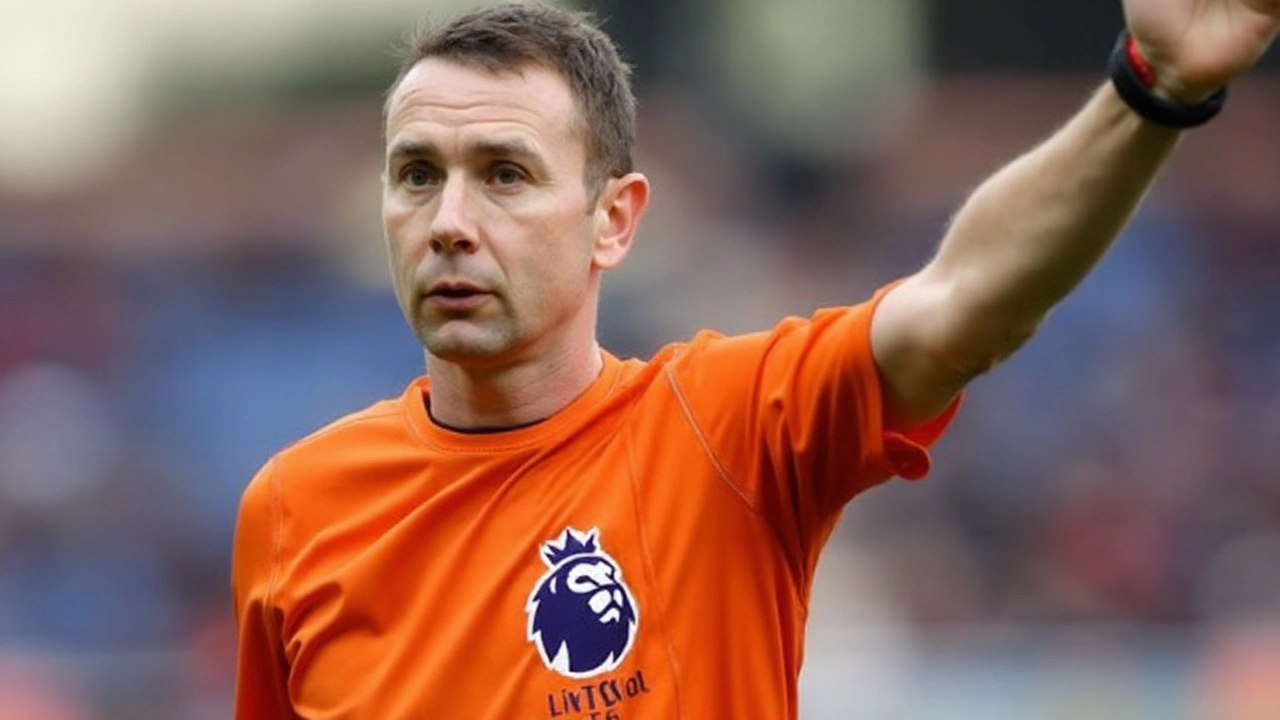Child Abuse Image Charge – A Straight‑Talk Guide
If you stumble across a headline about a "child abuse image charge," you might wonder what that actually means. In plain language, it’s a criminal accusation for possessing, sharing, or creating illegal images of minors. The law treats these offenses very seriously because they target the most vulnerable people on the planet.
Understanding the Charge
First off, the charge can cover a range of behaviors: owning digital files, uploading them to a server, or even sending them to someone else. Police usually start with a digital forensics sweep, looking at hard drives, cloud accounts, and phone backups. If they find evidence, they’ll build a case and hand it over to a prosecutor, who decides whether to file formal charges.
The penalties vary by jurisdiction, but they often include hefty fines, mandatory registration as a sex offender, and several years behind bars. Some places add extra time if the offender is a repeat offender or if the images involve especially severe abuse. The goal of the law is both punishment and prevention, so judges tend to hand out sentences that send a strong message.
What to Do If You Face an Image Charge
Finding yourself on the wrong side of a child abuse image charge can feel like a nightmare, but there are steps you can take to protect your rights. First, stay silent until you’ve spoken with a qualified criminal defense lawyer. Anything you say to police could be used against you, even if you think you’re cooperating.
Your lawyer will likely request a copy of the forensic report, challenge the legality of the search, and examine whether the evidence was obtained properly. Mistakes happen – sometimes evidence is collected without a proper warrant, which can get it thrown out of court.While the case is moving forward, consider reaching out to support services. Organizations that specialize in dealing with sexual offenses can provide counseling, help you understand the registration process, and guide you through the emotional fallout.
If you’re not the accused but you suspect illegal images are being shared, reporting is the right move. Contact your local police department or a national hotline. Provide as much detail as possible – timestamps, usernames, and any other clues. The quicker law enforcement gets the info, the faster they can act to protect children.
For everyday internet users, the best defense is prevention. Use strong passwords, enable two‑factor authentication, and keep personal devices updated. If you run a website or an online community, set up robust moderation tools and have clear policies against any kind of exploitation content.
In short, a child abuse image charge is a heavy legal hammer aimed at stopping the spread of harmful material. Understanding the charge, seeking proper legal help, and knowing how to report suspicious activity can make a huge difference. Stay informed, stay cautious, and don’t hesitate to reach out for professional support when you need it.

David Coote pleads not guilty to Category A child image charge as case heads to Crown Court
Former Premier League referee David Coote pleaded not guilty to a Category A child image charge at Nottingham Magistrates’ Court. He was granted conditional bail and the case was sent to Crown Court for an October 9 hearing. Prosecutors say a video involving a 15-year-old was found after an FA device check. The charge follows his 2024 dismissal by PGMOL and a UEFA ban until 2026.
September 11 2025